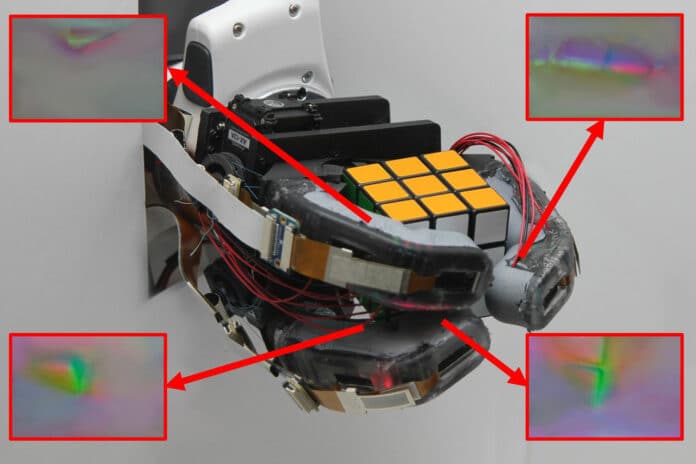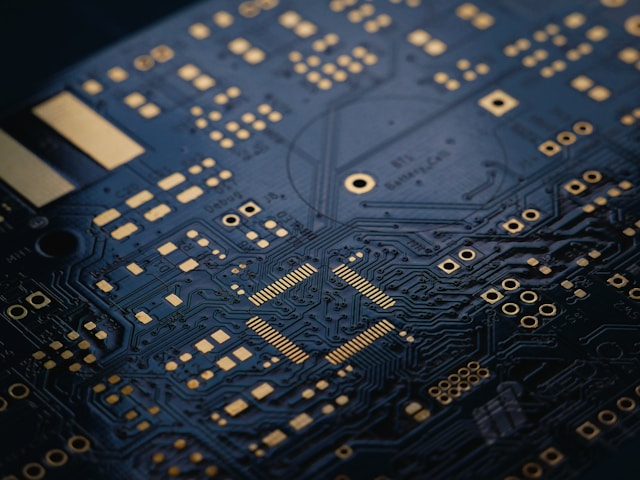Scientists are doing wonders in the field of robotics. Now MIT scientists have developed a robotic hand that can replicate the complex capabilities of the human hand.
We, humans, can easily predict how an object will feel by looking at it or tell what an object looks like by touching it. But this is a big challenge for machines.
The experimental device developed by MIT researchers is known as the GelSight EndoFlex
This robotic hand has three fingers with multiple high-resolution sensors, soft silicone skin, and a rigid, 3D-printed skeleton. These high-resolution sensors are equipped with a camera and LEDs for capturing visual information about an object’s shape.
Using specialized sensors and intelligent algorithms, the device is capable of identifying objects after just one grasp
According to the researchers, their device has an accuracy rate of about 85% in its present form. A rigid skeleton helped the robotic hand get enough strength to pick up a heavy item, such as a drill. Moreover, the soft skin allows it to securely grasp a pliable item, like an empty plastic water bottle, without crushing it.
Sandra Liu, co-lead author of a research paper on the robotic finger, said, “Having both soft and rigid elements is very important in any hand, but so is being able to perform great sensing over a really large area, especially if we want to consider doing very complicated manipulation tasks like what our own hands can do. Our goal with this work was to combine all the things that make our human hands so good into a robotic finger that can do tasks other robotic fingers can’t currently do,”







